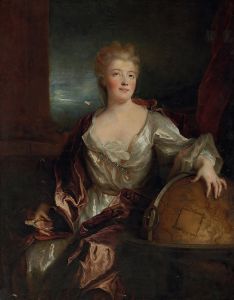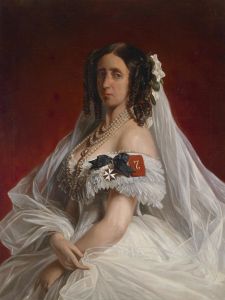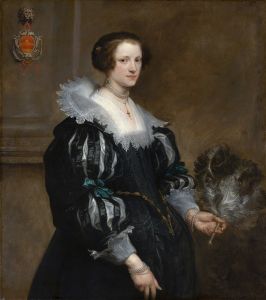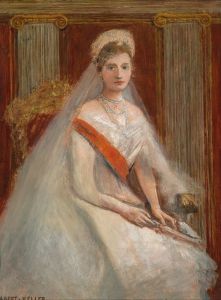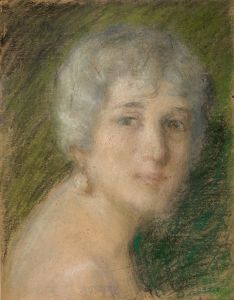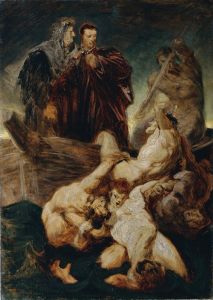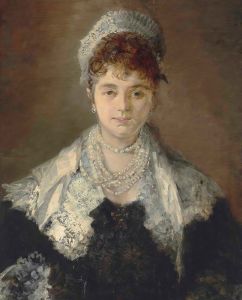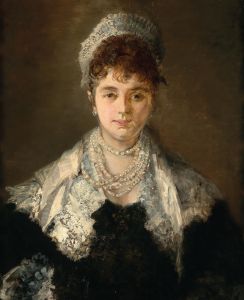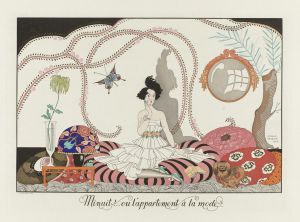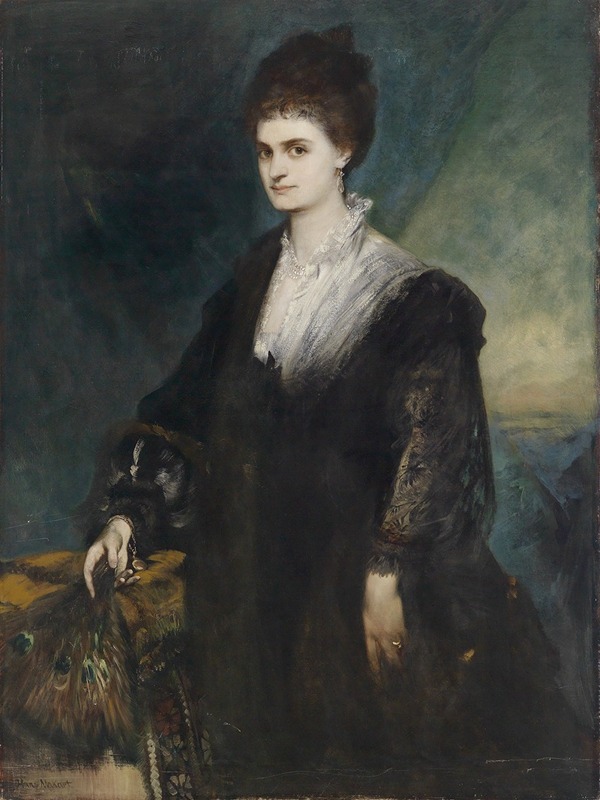
Portrait of Countess Marie von Coudenhove-Kalergi
A hand-painted replica of Hans Makart’s masterpiece Portrait of Countess Marie von Coudenhove-Kalergi, meticulously crafted by professional artists to capture the true essence of the original. Each piece is created with museum-quality canvas and rare mineral pigments, carefully painted by experienced artists with delicate brushstrokes and rich, layered colors to perfectly recreate the texture of the original artwork. Unlike machine-printed reproductions, this hand-painted version brings the painting to life, infused with the artist’s emotions and skill in every stroke. Whether for personal collection or home decoration, it instantly elevates the artistic atmosphere of any space.
Hans Makart's Portrait of Countess Marie von Coudenhove-Kalergi is a painting created by the Austrian artist Hans Makart (1840–1884), who was one of the most prominent painters of the 19th century. Known for his opulent and theatrical style, Makart was a central figure in the Viennese art scene during the late 19th century, and his works often reflected the grandeur and elegance of the Austro-Hungarian Empire.
The painting depicts Countess Marie von Coudenhove-Kalergi, a member of the aristocratic Coudenhove-Kalergi family, which held significant influence in Central Europe. The family was known for its cultural and political connections, and commissioning a portrait by Makart would have been a reflection of their status and taste. The exact date of the painting's creation is not definitively documented, but it is consistent with Makart's mature period, during which he was highly sought after for his portraits of nobility and high society.
In this work, Makart employs his characteristic use of rich colors, luxurious textures, and dramatic compositions. The Countess is portrayed in an elegant pose, adorned in sumptuous clothing that highlights her social standing. The background and details of the painting further emphasize the opulence associated with Makart's style, which often blended elements of historicism and romanticism. His ability to capture both the physical likeness and the social persona of his subjects made him a favorite among the elite of his time.
Makart's portraits, including this one, were not merely representations of individuals but also statements of identity and power. They often incorporated symbolic elements that conveyed the sitter's personality, status, or aspirations. While specific details about the symbolism in this particular portrait are not widely documented, it is consistent with Makart's approach to infuse his works with a sense of theatricality and grandeur.
The painting is an example of Makart's broader influence on the art and culture of Vienna during the late 19th century. His works were celebrated for their decorative qualities and their ability to capture the spirit of the era. However, detailed information about the current location or provenance of Portrait of Countess Marie von Coudenhove-Kalergi is not readily available in public records.
As with many of Makart's works, this portrait serves as a testament to the artist's skill in blending artistic virtuosity with the cultural and social dynamics of his time. It remains a notable example of 19th-century portraiture and the enduring legacy of Hans Makart in European art history.





